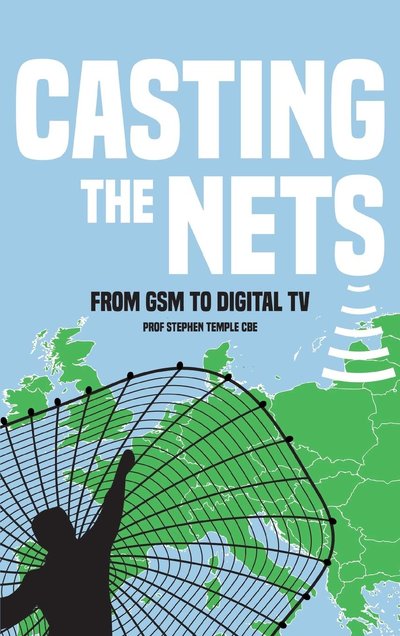


One of the hardest things to do is to reverse the habits of a lifetime. The mobile industry, with the support of governments and national regulators, has spent almost its entire lifetime looking upwards to the next higher band in the spectrum to continue its success story. But that path is no longer sustainable. The spectrum capacity for the next big national mobile network upgrading will have to come by making considerably more efficient use of the mid and low mobile bands.
First a brief recap. 1G started its life around 450 MHz in some countries and then 900 MHz became the norm. 2G began its life at 900 MHz and was extended to 1800 MHz. 3G was focussed in 2.1 GHz. It all started to go wobbly with 4G with a schism between going up to 2.6 GHz and down to 800 MHz. It all went horribly wrong in the formative period of 5G when the consensus view, following the habits of a lifetime, was that 28 GHz was the future of 5G. It turned out to be a costly error. The University of Surrey 5GIC was among the fastest to realise that 28 GHz was going to be a mobile coverage disaster. In 2016 they recommended pivoting downwards to mid-band 3.4-3.8 GHz with 700 MHz delivering national coverage of much reduced data speeds and 26 GHz providing huge capacity relief for traffic hot spots. Ofcom played a leading role, having the RSPG chair at the time, in delivering this re-think across Europe in record time (and some might say “just in time”). (They unfortunately lost their way in the delivery of the 5G pioneer bands to the UK MNOs but that is another story).
This brings us onto 6G. Already, for some, the old habits of a lifetime have kicked-in. Terahertz is held up by some as the next “inevitable” destination for 6G mobile networks. It is not. It is very likely uses will be found for Terahertz spectrum somewhere on the 6G canvass but providing national coverage of high performing mobile networks will not be one of them. A stunning data rate over a pitifully tiny geographic area is not remotely a “mobile” service proposition. Others have pivoted towards mmWave bands (eg 26 GHz) and the densification of small cell clusters to deliver a 1 Gb/s mobile future. Here there is an arument to be had. Will there be a market demand for such high user mobile data rates? Will there be enough investment to make much of a mobile coverage story? For a country that is currently very investment constrained it looks a highly problematic bet to make. There may be a slightly stronger case for some government supported “Gb/s innovation islands”.
There is a growing consensus that the most economic and society value would come from backing a 6G technology story that puts right all the universal quality of coverage shortcomings of the past forty years. The market vision would be a guaranteed 10 Mb/s for 100% of users over 100% of the country. That would contribute far more to productivity gains, economic growth and society wellbeing than a few people getting 1 Gb/s over a few per cent of the country. As modest as 10 Mb/s may seem it is a massive economic challenge to make this the essential minimum guaranteed data speed everywhere. And technology has a key role to play in transforming the economics of such a bold universal quality of coverage ambition and making it a great experience for users.
The technology vision is 3-D networks that integrate terrestrail cellular networks with indoor WiFi provision and satellites and other high alttitude platform coverage. This direction of travel is already under research in a DSIT funded University of Surrey led Tudor project for this next generation “network of networks”.
The iniative would benefit from some new mid-band spectrum and vital will be a huge leap forward in low and mid band spectrum and cost efficiency. That cannot be a technology story alone but the government and Ofcom bringing about a whole new way to think about licensed mobile spectrum regulation that is infrastrcuture quality driven.
The success of the 6G network of networks vision will come from an alignment of new technology globally standardised, ambitious government infrastructure goals and Ofcom spectrum policy focussed on ensuring MNOs have the investment capacity to deliver on those goals. This is the only way the UK can be up with the leaders in the 6G network of networks leadership race.
Read more

The pressing need across Europe is for pro-investment mobile regulation. This book describes, for the first time, what a pro-investment mobile regulatory framework might look like.

Casting the Nets provides an unparalleled insight into the great digital transformation of Britain’s communications networks over the period 1984-2004. It gives a graphic description of industrial policy-in-action and brings to life what is involved.
All content here (c) copyright of Stephen Temple